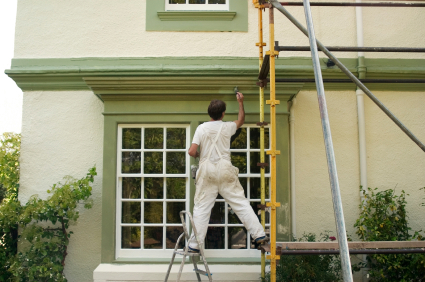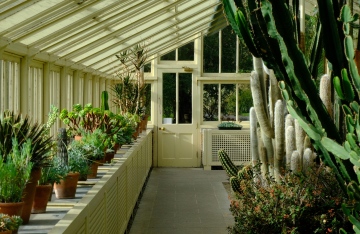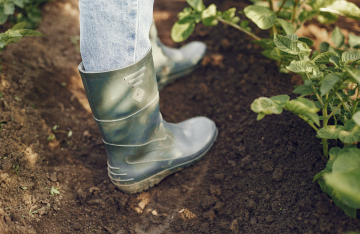There are different types of surfaces that we need to paint inside our house. Composition wallboard is a common surface inside our house and it should present no difficulties in painting. However, there are different precautions that we need to observe. We should make sure that the surface is free from oil and grease. The painting procedure should be similar to when we paint plastered surface. We may need sealing coat and priming, as well as finishing coats as desired. We may also choose resin emulsion or one coat flat paint. It is also a good idea to paint our wallpaper. Wallpaper should be painted with water-thinned paint, since it can bond well with the wall. It should be noted that the wallpaper shouldn’t be dyed, because the color could bleed into the paint. In many cases, one thickness of wallpaper should already be enough for paint application. We may also use other type of paints if necessary. It should be noted that wallpaper that’s coated with paint could already be attached well with the plaster and removing it could cause damages to the plastered surface.
We need to smooth wood walls and trim with sandpaper. The surface should be dusted properly before varnishing and painting. We could preserve the wood surface using linseed oil. We may also wax or varnish the surface. In some cases, it is preferable to get a nice opaque finish and we could do this by mixing a gallon of semi-gloss paint with one pint of turpentine. The primer sealer for the wall can also be used for the wall. We should thoroughly apply the dry prime coat and then followed with one coat of semi-gloss paint, or two coats of it if necessary. Masonry walls and ceilings can also be painted and we could apply the same technique with plaster surface. However, we should make sure that the masonry is completely dry before we apply the paint. Specific attention should be given when preparing the surface. However, we should take precautions when decorating walls that contain Portland cement. The surface could be quite vulnerable to alkali. In this case, we may use alkali-resistant primers that have rubber-based paints.
Cement water paints should be suitable for applications on basement walls, especially if some portions are damp due to condensation or leakage. We should apply specific procedure before applying these paints. Rubber-based paint and varnish are two types of paints we should use for concrete floors. However, each has different limitations and we may not be able to patch the finish. In general, varnish should provide good service on surfaces made from concrete, as long as they are completely dry. Rubber-base paints should dry properly to hard semi-gloss finish and it should work well on below grade concrete floors and we should make sure that there are no damp areas. Before painting the concrete floor in the basement, it should already aged for about one year.




